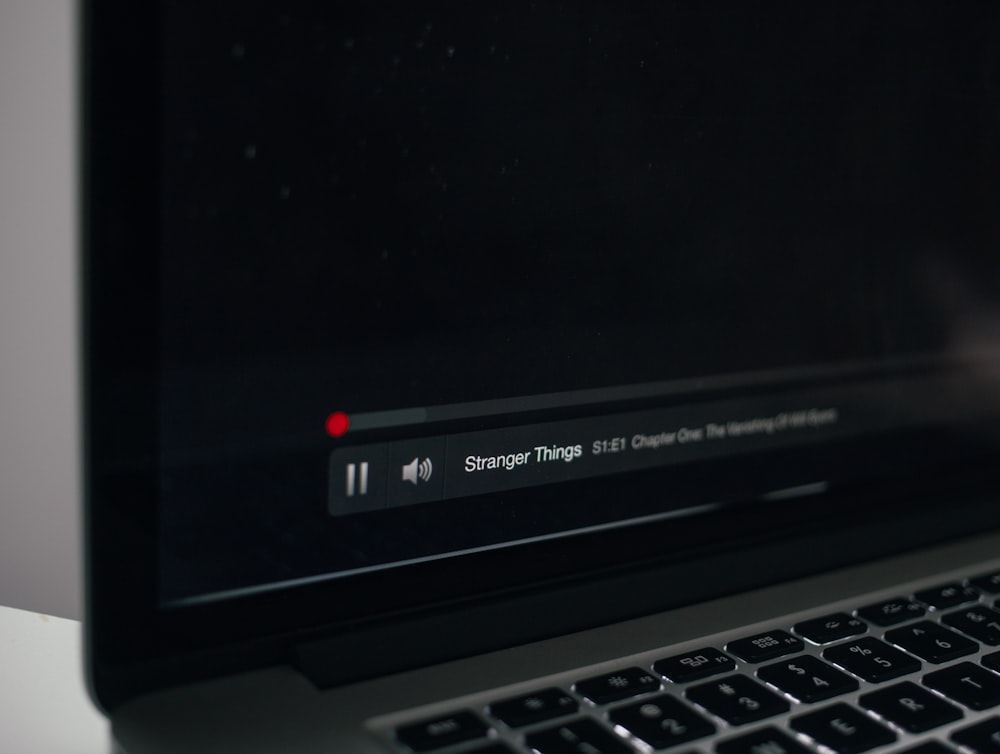Blazing a trail
Netflix made headlines on Monday after they announced that they’d be releasing an interactive Black Mirror episode this year. The announcement has been met with a degree of cautious optimism by critics; interactive video has the potential to totally change the media industry. But is it all a bit of a flashy gimmick? Interactive video has been around on YouTube for years, so what’s changed this time? Could Netflix finally bring interactive video into the mainstream?
Noble roots
It isn’t Netflix’s first foray into the world of interactive video. Last year, they released a number of interactive children’s programmes. Of course, Netflix weren’t the first to produce interactive video content for the web — not by a long shot. YouTube has had a long tradition of interactive video content, thanks to the clickable annotations which were retired last year. Many interactive videos garnered millions of views; the Fine Brothers even produced an interactive Mad Men tie-in which ended up getting over 500,000 views. Clearly, these videos were very relevant, and mainstream — at least within the sphere of YouTube (The Fine Brothers now have over 18 million subscribers).
Just a gimmick?
Even though some interactive videos were mildly successful on YouTube, they never became an established genre on the site. Interactive videos were continually eclipsed by emerging trends such as vlogging and commentary videos. Ostensibly, one of the biggest issues with interactive video becomes apparent when you ask the question: “who is this for?”. Interactive video is positioned in a sort of limbo state — it’s not TV, but it isn’t a video game either. It’s something in between, and it demands that the viewer readjust their expectations appropriately. And that’s difficult; as Variety points out, the format of TV programming has remained more or less the same for decades.
Some new, some old
Maybe the form of TV hasn’t changed all that much — but our relationship with it certainly has. The advent of streaming services has allowed us to choose what we want to watch, and when we want to watch it. We’re passionate about what we watch, and as a result we interact with TV shows much more. Whether we’re writing angry comments on IMDb or live-tweeting the show as it happens, the truth is that watching a TV show is now an inherently interactive experience, regardless of whether we’re directly influencing the plot. Whether or not all of this means that interactive video is the logical next step is still up for debate, though; interacting with the show on a discursive level is very different from being in control of what happens next.
Unifying force
For all of its relative successes, interactive video is still a new, unproven medium — which might be why Netflix are only dipping their toe in the water with a single interactive episode. However, if anyone can make this new format work, it’s definitely Netflix. Historically, the issue for professional interactive video was in the delivery of the content; even the most popular interactive shows had to develop their own content delivery system (such as Steven Soderbergh’s Mosaic, which requires a specialized app download just to watch).
In the past two years, new platforms have been springing up in order to facilitate the delivery of interactive video; it certainly seems as if Netflix’s latest announcement is a culmination of this. While new platforms such as Eko have had some fairly successful interactive shows, Netflix has the power to make interactive video a truly mainstream phenomenon. If the forthcoming Black Mirror episode is a success, I wouldn’t be surprised if Netflix acquired Eko in order to bring more interactive shows to its platform.
Early days
Interactive video is still a fledgling medium. Commentating on its successes and failings is difficult, because it’s never really had a chance to flourish due to the technical limitations of traditional broadcasting. Even though there have been a couple of sporadic successes — both on and off YouTube — it’s still early days yet. Pending the success of the Black Mirror episode, I think most streaming services are going to be very interested in interactive video in the near future. It’s about time.






